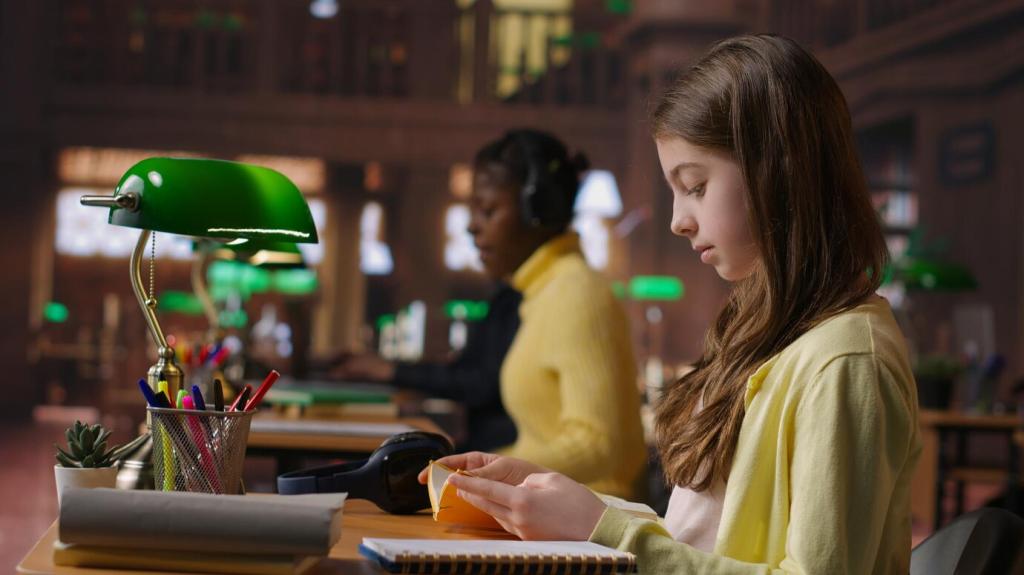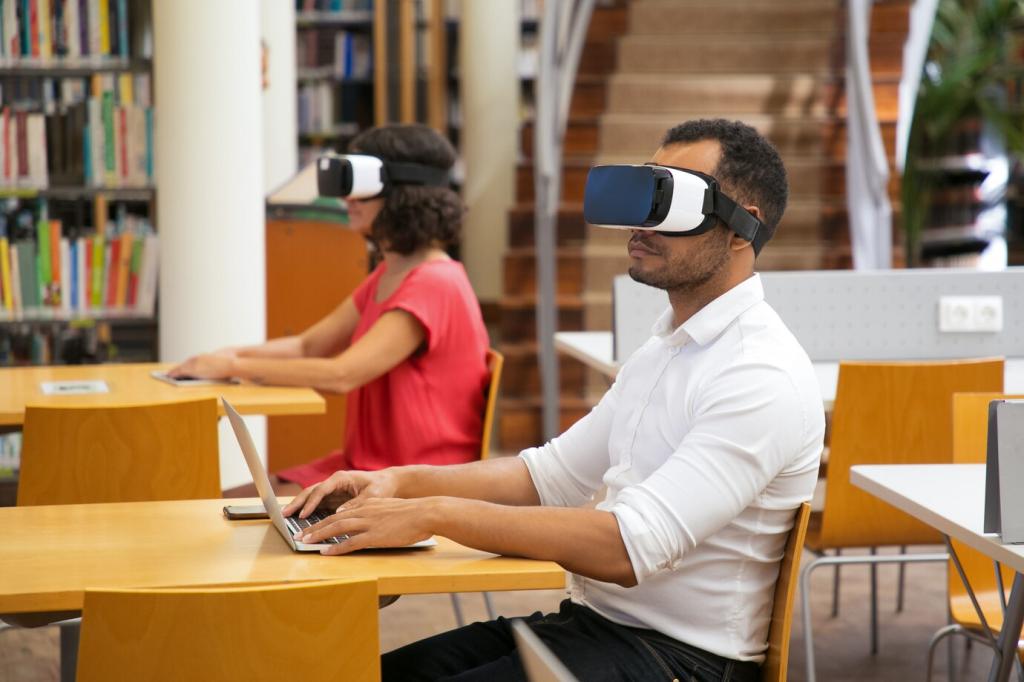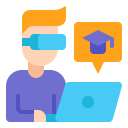Enhancing Learning Experiences through Virtual Reality
Immersive Learning Environments
Simulating Real-World Scenarios
One of the standout advantages of VR in education is its ability to simulate real-world scenarios safely and effectively. Learners can conduct experiments, navigate historical cities, or perform complex surgeries, all within a controlled virtual setting. This hands-on approach not only builds confidence and competence but also enhances the retention of information. By allowing students to practice as many times as needed without real-world risks, VR creates a risk-free environment that encourages trial, error, and mastery. Virtual simulations also bridge the gap between theory and practice, turning abstract concepts into tangible experiences.
Engaging the Senses
Virtual reality activates multiple senses simultaneously, making lessons multi-dimensional and memorable. When learners can see, hear, and interact within a lesson, their engagement levels soar compared to traditional methods. This sensory involvement is particularly beneficial for kinesthetic and visual learners, who often benefit from direct interaction with their material. Through tactile feedback devices and spatial audio cues, VR creates a sense of presence and immediacy, capturing student attention and making learning both enjoyable and effective.
Encouraging Active Participation
Unlike passive forms of learning, VR demands active participation from its users. In a virtual environment, students are not just watching—they are doing. This shift from passive reception to active involvement leads to higher motivation and a stronger commitment to mastering the subject. Learners must make choices, solve problems, and reflect on outcomes in real time, leading to greater ownership of their educational journey. The immersive nature of VR ensures that every learner is at the center of the experience, driving their own learning process forward with enthusiasm.
Personalized and Adaptive Education
Catering to Diverse Learning Styles
Every student learns differently, and VR’s adaptability makes it uniquely capable of catering to a wide range of learning styles. Visual learners benefit from 3D models and animations, auditory learners from immersive soundscapes, while kinesthetic learners can engage through hands-on tasks and simulations. VR platforms often allow customization so lessons can alternate between guided tutorials and exploratory paths, ensuring each learner finds an approach that works best for them. This improves engagement, increases retention, and creates a more inclusive learning environment where no one is left behind.
Real-Time Feedback and Assessment
Immediate feedback is a key driver of effective learning, and VR excels in providing real-time assessment. As students navigate virtual challenges, the platform can instantly analyze their decisions, offering constructive feedback or adaptive hints. This immediacy helps learners correct mistakes, deepen understanding, and steadily progress without the delays typical of traditional grading. For educators, this means richer insights into student strengths and areas for improvement, informing more targeted instruction and support. The dynamic nature of VR feedback transforms assessment into an ongoing, interactive part of the educational journey.
Supporting Continuous Progression
With personalized pacing and adaptive content, VR significantly supports continuous growth and progression. Students can revisit difficult tasks, explore advanced materials, or test their skills against increasing challenges, all within a supportive virtual environment. Unlike rigid classroom schedules, VR allows learning to happen anytime and anywhere, accommodating diverse lifestyles and learning speeds. This persistent accessibility empowers learners to stay motivated, build confidence, and achieve mastery at their own pace, making education an ongoing, evolving experience.

Expanding Access and Opportunities
For learners in remote or underserved regions, access to expert teachers and state-of-the-art resources has often been limited or impossible. VR transforms this landscape by delivering experiences that would otherwise require expensive travel or infrastructure. Remote students can virtually visit world-class museums, participate in scientific experiments, or join classrooms abroad without leaving their homes. This capability extends educational opportunities to new populations and fosters a more inclusive and interconnected global learning community.

